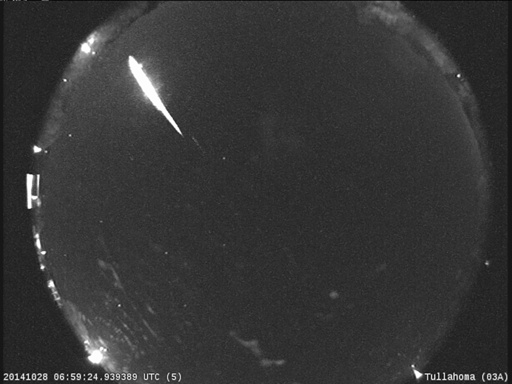
WASHINGTON — This week, skywatchers around the globe can enjoy the display of two meteor showers as they light up the night. The Southern Taurids are set to peak early on Tuesday morning, while the Northern Taurids will reach their own peak on November 12.
Although these meteor showers generally offer about five meteors per hour under the best viewing conditions, they are known for occasionally producing spectacularly bright fireballs. According to Sally Brummel, the planetarium manager at the University of Minnesota’s Bell Museum, “What’s notable is that they’re likely to produce brighter and longer-lasting meteors than some other showers, even if there aren’t as many at a time.”
The Southern Taurids’ peak will coincide with a slim crescent moon that is only 11% illuminated. In contrast, the Northern Taurids may be less visible due to a brighter moon that will be 79% full during its peak. Both meteor showers will continue to be visible into December, creating more opportunities for stargazers to catch a glimpse.
Meteor showers occur annually and do not require special equipment to enjoy. Most of these celestial events are a result of debris from comets. The Taurid showers specifically originate from the remnants of comet Encke, which sheds particles that burn up as they enter Earth’s atmosphere. This interaction results in glowing trails, which are characteristic of meteors, often referred to as “shooting stars.” The size of the rocks can vary significantly, from grains of dust to larger boulders.
Both the Southern and Northern Taurids derive their names from their visual origins within the constellation Taurus, as they appear to radiate from different points in the night sky.
For optimal viewing of meteors, the best time is usually between midnight and the early hours of dawn. Clear, dark skies away from urban light pollution enhance visibility, especially on nights when the moon is less visible. Moreover, avoiding the use of phones can help your eyes adjust better to the darkness, making it easier to spot the meteors.
Following the Taurids, skywatchers will be treated to another significant meteor shower—the Leonids, which will peak in the early hours of November 17. Get ready for another exciting celestial show!
